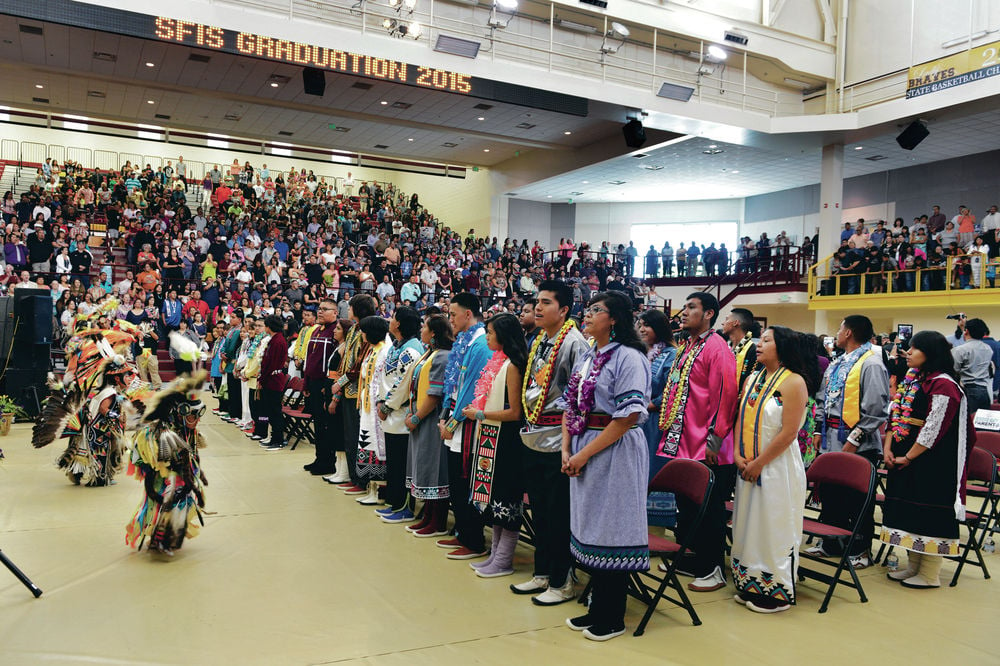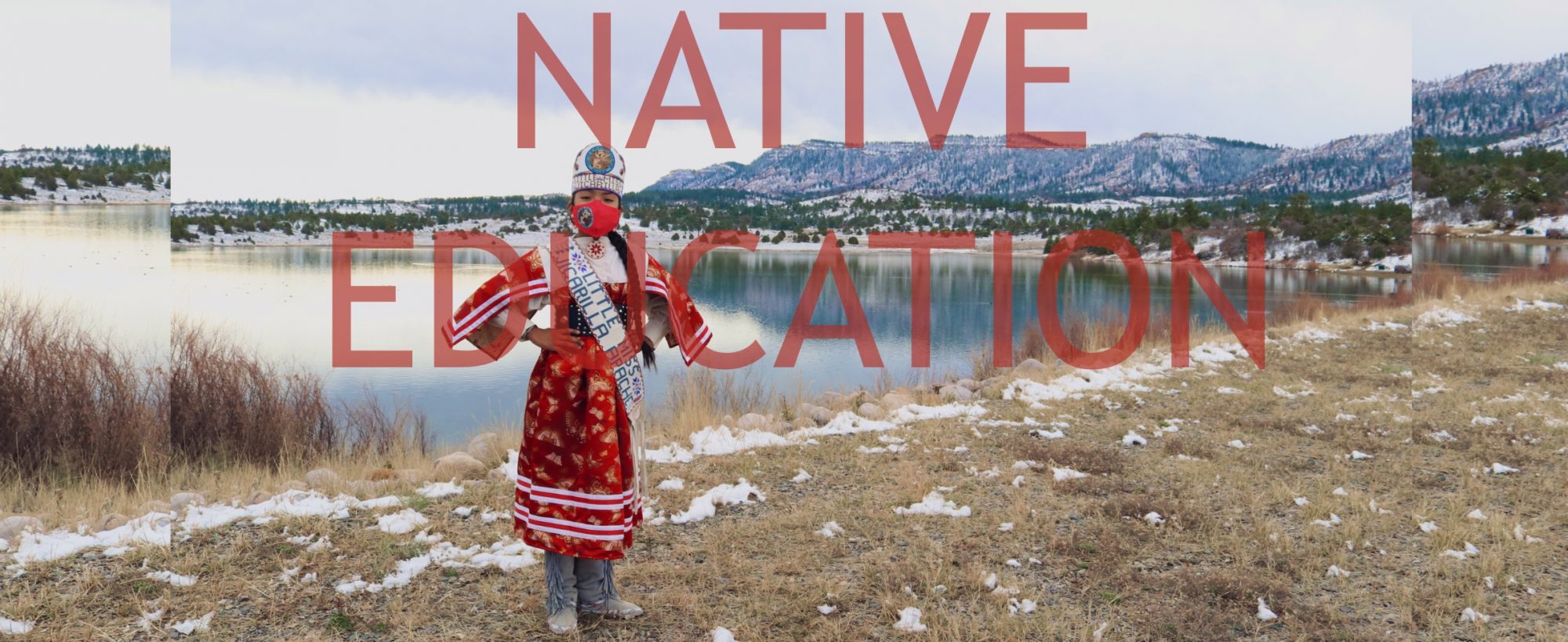
In New Mexico, a great number of Native American students attend a school with the student population being majority Native American. New Mexico has 22 Bureau of Indian Education (BIE) schools and 23 Tribally controlled schools, which makes a total of 45 Native American schools in New Mexico (U.S. Department of the Interior Bureau of Indian Education, 2020). All of these schools are required to take the New Mexico state standardized tests. According to the New Mexico Student Assessment results of 2018, only 21.8% of Native American students were meeting proficiency for ELA/ Reading (NMPED, 2018, P.6). In math, only 12.6 % of Native American students in New Mexico were proficient in this subject (NMPED, 2018, P.7).
 An organization that is trying to help Native students across the Unites State is the National Indian Education Association. This organization is working to improve the resources for Native students because their state test scores affect the ability of Native schools to stay open. If any BIE or tribally controlled school does not meet the standards, multiple years in a row, their schools can get shut down. This is a big issue in New Mexico because Native schools try their best to incorporate culturally relevant ideas and concepts that best relate to their Native students. Native schools such as Dulce Elementary, a BIA school, was on the brink of shutting down because they failed the New Mexico standardized test multiple times (Trapp, 2018). However it’s not the students failing the test, it’s the test failing the student.
An organization that is trying to help Native students across the Unites State is the National Indian Education Association. This organization is working to improve the resources for Native students because their state test scores affect the ability of Native schools to stay open. If any BIE or tribally controlled school does not meet the standards, multiple years in a row, their schools can get shut down. This is a big issue in New Mexico because Native schools try their best to incorporate culturally relevant ideas and concepts that best relate to their Native students. Native schools such as Dulce Elementary, a BIA school, was on the brink of shutting down because they failed the New Mexico standardized test multiple times (Trapp, 2018). However it’s not the students failing the test, it’s the test failing the student.
In 2015, students across New Mexico had come together to protest against one of the newest standardized testing called the Partnership and Assessment of Readiness for College and Careers test (PARCC). This test was hurting many students because it was much harder than the ones in the past. As a result, students fail more than usual (News Editor and Partners, 2019). This test was a huge controversy because some schools required 12th graders to pass it in order to graduate, which was not the case in the past (Fnsnews, 2015). Consequently, many students staged a walkout on their school in opposition to this state standardized test (Fnsnews, 2015). According to the New Mexico State University news, a grassroots organization that helped support students at this time was the Southwest Organizing Project (Fnsnews, 2015). This grassroots organization helped students learn skills to become leaders to organize these walk-out protests.
The Southwest Organizing Project has a similar model as Ella Baker and Saul Alinsky who worked on community organizing. Baker helped empower people by teaching them skills they need to tackle the problems that were facing (Muller,2004, P.81). This model of participatory democracy is what helped many New Mexican students lead a movement that has created change in New Mexico state standardized testing. In this case study, I will also be looking at Alinsky’s model because he talks about leading movements based on issues that people feel most compelled to act on (Minkler, 2012, P.60). Southwest Organizing Project focused on an issue that was affecting students right at that moment, which resulted in a great number of New Mexican students coming together.
Image #1:https://www.santafenewmexican.com/news/education/santa-fe-indian-school-graduation-a-celebration-of-tradition-and-family/article_fac4a0c6-7687-5fd8-a494-624d631c55eb.html
Image #2: https://www.dulceschools.com/Domain/8
Image #3: https://www.guidestar.org/profile/85-0368743
